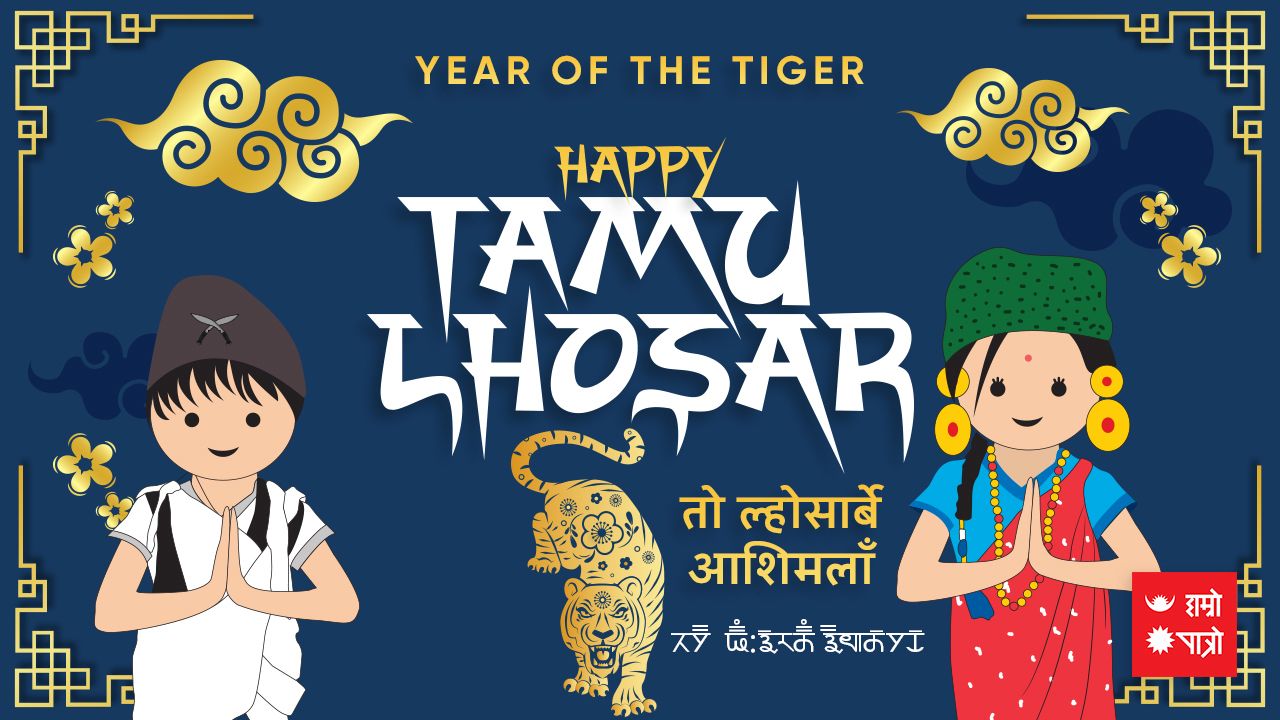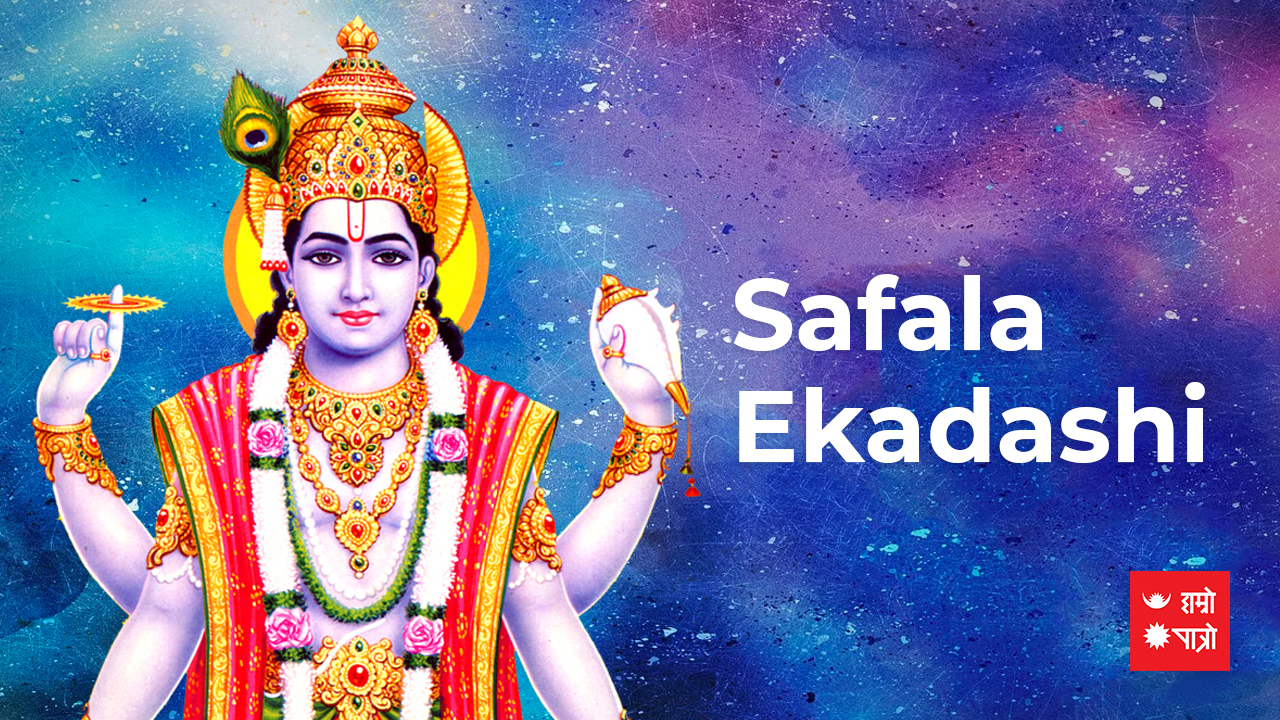
तो ल्होसार्बे आशिमलाँ
Happy Tamu Lhosar.
Tamu refers to the Gurung community, while Lhosar refers to the new year. Today is the new year for the Gurung community.
Lhosar has been able to reflect the farmer's lifestyle and proximity to weather and nature for centuries. Dividing Lhosar into different parts or names, all Lhosars have the same basic purpose, to welcome the new year. And today, Tamu community is welcoming their new year with utmost excitement and celebrations across the world.
Happy 2606th Tamu Lhosar in the year 2078 BS. This festival is celebrated every Poush 15th. This time the mice year is saying goodbye and welcoming the new year of cow. Under the auspices of Tamu Hall Chonjadhi (Gurung National Council), a large cultural exhibition was held in Tundikhel with the participation of dozens of organizations.
According to various books and historical documents, this festival is celebrated especially by the Buddhist community with great enthusiasm and taste even before Budhha came in this earth. Various books and researches of Tibetan origin mention that even before the arrival of Buddha, people of this community and mainly people of Tibet or Vot used to worship God by burning fragrant incense sticks in mid-winter. According to books and researches written about the Tamu community, the Tamu ancestors came to Nepal from Tibet in the 6th century and are known mainly as a community living in the high mountains and high hills.
On the world map, the Tamu community, with their high morale, courage, tenacity, bravery, and loyalty, have always held the head of Nepal high as a hardworking soldier and Gorkhali. Whether it is the world war or the war against terror, whether it be American soldiers or British, Indian, or various other countries, the youth of Tamu community and the world of their identity has been giving glorious stories in different eras.
Monasteries are exclusively decorated, colorful flags are flowing with the breeze, welcome to the Lhosar or the new year of Tamu community. Not just the Tamu community but also the Magar and Gurung community of Nepal and Tibet celebrates this new year.
Blessings are given for progress, prosperity, and happiness, for Mother Nature and the delivery of pleasant weather by her, for mountains and their people. Greetings and gifts are exchanged, dance, party, and songs are held. Dances and Tamu idol competitions are virtually being carried on, the finale of these competitions is being organized this day.
May the year of Tiger be auspicious to all of us. Happy wishes.
Safala Ekadashi
Today is the 11th day of the waning phase of the moon in Poush month, this Ekadashi is called Safala Ekadashi. Safala is derived from the word "Safal" meaning success and happiness. Safala is a feminine connotation to the word Safal. The boon of this Ekadashi is directly linked to the gravity of success and prosperity.
There is a religious belief that the outcome of the Safala Ekadashi brat will be more than the great Mahayagya. According to the Padma Purana, the compassion of a Safala Ekadashi brat is greater than that of hundreds of Mahayagyas. Safala Ekadashi is also considered as the Ekadashi of liberation from sins and welfare.
In a discourse between Yudhisthira and Lord Krishna, Lord Krishna himself narrates the importance of this Ekadashi.
"Dharmaraja, I say to you because of your affection that I am not happy with the yajna which is getting more and more Dakshina in addition to Ekadashi fast. Therefore, do it with utmost devotion and reverence. Hey Rajan! observe the grandeur of Dwadhyukta Pausha Krishna Ekadashi with devotion."
As in other Ekadashis, even in a Safala Ekadashi, one should observe a brat by following a sattvic diet. On the day of Ekadashi, one should get up in the morning, take a bath, purify oneself, put sandalwood on one's head and worship Lord Vishnu by offering lotus or Baijayanti flowers, Gangajal, Panchamrit, Dhup-deep, and Naiveddha. The next day, on the morning of Dwadashi, observers should eat only after giving Dakshina to the Brahmin and Guru.
May the affection of Srinarayan be upon us, may our afflictions be away.
Suyog Dhakal
Liked by: